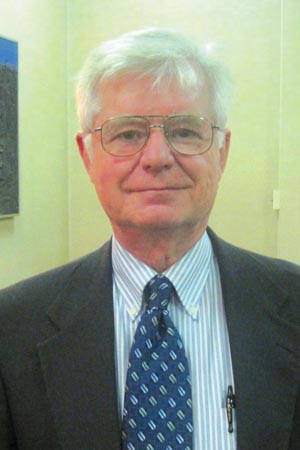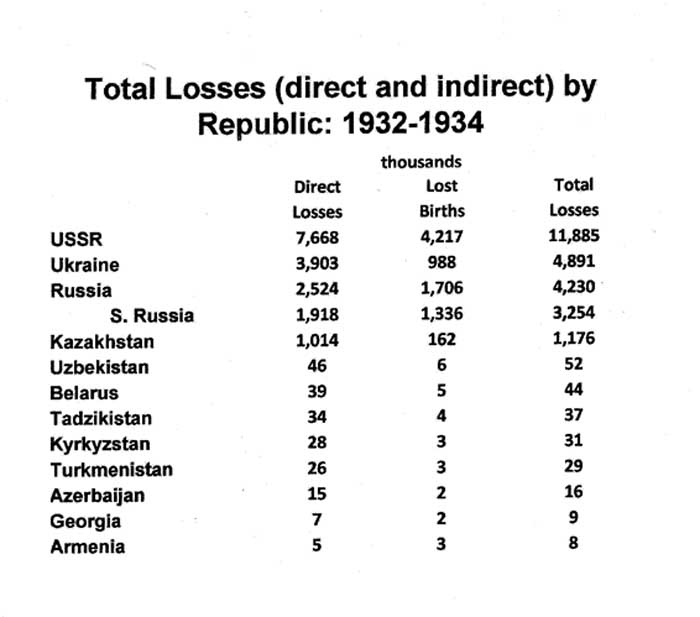
Famine Lecture Presents
Findings of Holodomor Demography Research Team
By Andrij Makuch
The 2010 Annual Ukrainian Famine Lecture was delivered this year
by Ukrainian-American demographer Oleh Wolowyna at the
The former addresses a long-standing need to
determine a fact-based ‘consensus’ figure for the number of Holodomor victims,
while the latter roundly refutes the claims of Russian (and some Ukrainian)
politicians and historians that the situation in Ukraine in 1933 was not
substantially different than that of other parts of the Soviet Union.
The Lecture was sponsored by the Canadian Institute
of Ukrainian Studies, the Centre for European, Russian and Eurasian Studies,
the Petro Jacyk Program for the Study of Ukraine, the Canadian Foundation for
Ukrainian Studies, and the Toronto Branch of the Ukrainian Canadian Congress
(UCC). This event has been held ever year since 1998, when James Mace delivered
the inaugural lecture.
The speaker began with some background
information about his work on a Holodomor research project that started in 2008
with a small group of demographers (including Omelian Rudnytsky, Nataliya
Levchuk, and Pavlo Shevchuk) at the National Academy of Sciences of Ukraine (NANU)
Institute of Demography. His lecture presentation was, in fact, co-authored
with Rudnytsky and Levchuk.
In dealing with Holodomor mortality, Dr. Wolowyna first underlined the need for a solid figure for the Famine’s victims and stated that the poorly-formed 10 million figure recently in vogue has actually had a negative impact on the credibility of the Holodomor case. As an example, he cited the difficulties encountered by the Ukrainian World Congress at the UN, where it has NGO representative status, when challenged to substantiate the 10 million figure for Holdomor deaths that it had been citing.
Total Famine Human Losses by

The speaker took great care to clarify the
definition used by the research team for Holodomor losses and the methodology
it employed to arrive at its figures. The former was summed up as “‘additional’
deaths due to hunger versus all deaths” in the period 1932–1934 within the
Ukrainian SSR. These represent direct losses. Indirect losses, specifically
lost births, are a separate issue that should be treated distinctly. The
methodology used took the Soviet censuses of 1926 and 1939 as start and end
points. After “adjustments” to the figures for these two “pillars,” the team
then did a year-by-year population reconstruction based on the number of births
and deaths (and factoring in migration figures).
The final figure reached for direct Holodomor
losses in
The presentation also examined how this fared
with famine mortality in other parts of the
The speaker presented additional tables and
graphs (e.g., “Life Expectancy at Birth”) that rounded out the demographical
profile of
Dr. Wolowyna and his colleagues plan to continue
their research and will be publishing some of their results in the near future.
They plan to investigate famine losses in the
Andrij Makuch is based at the CIUS
Dr. Oleh Wolowyna